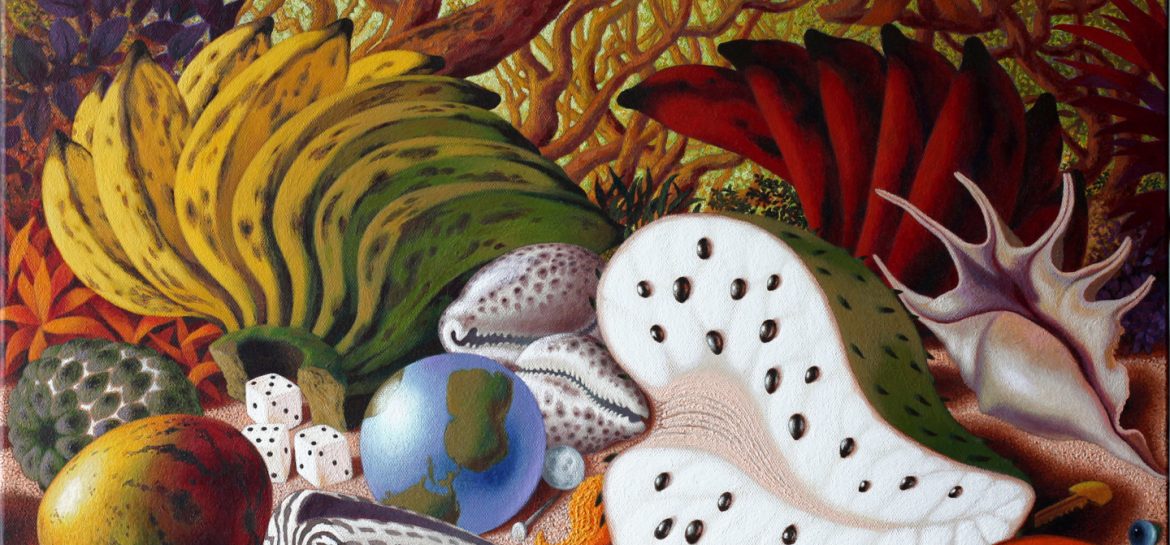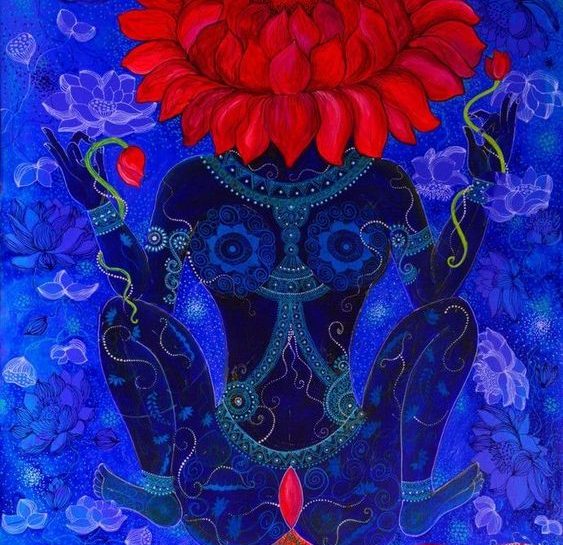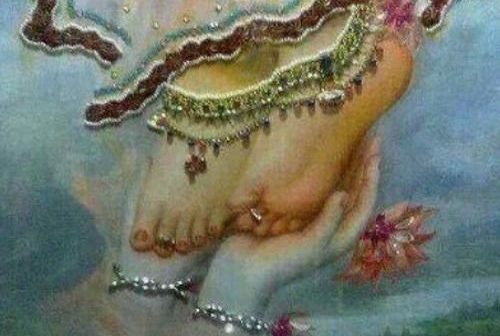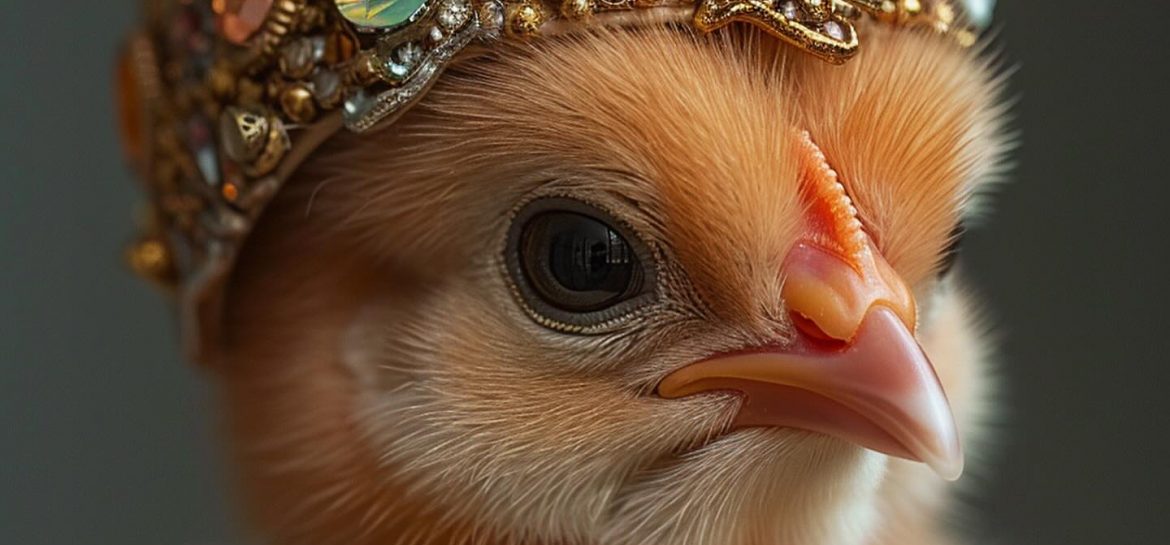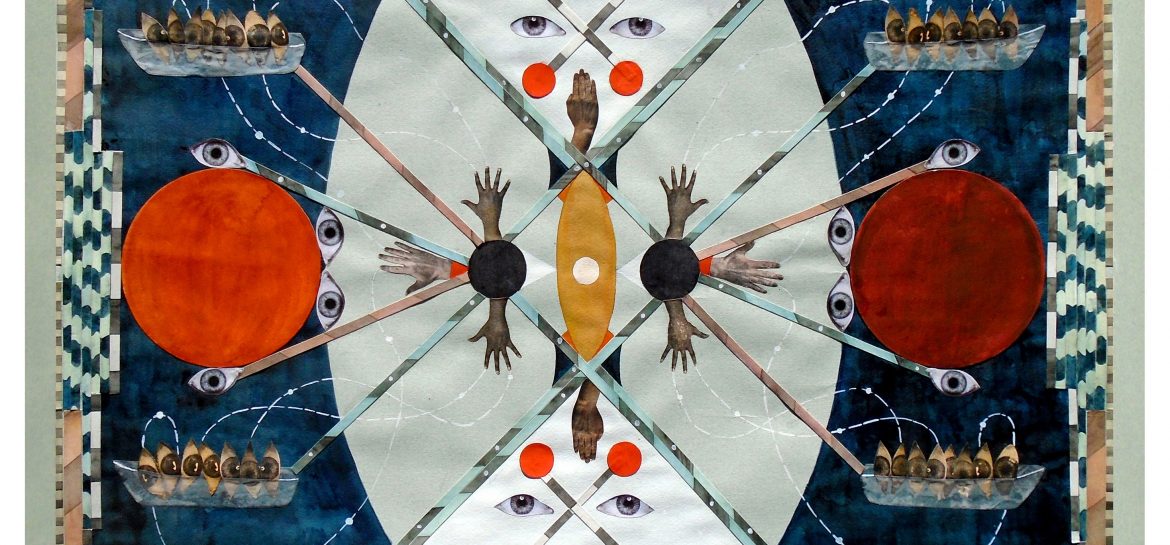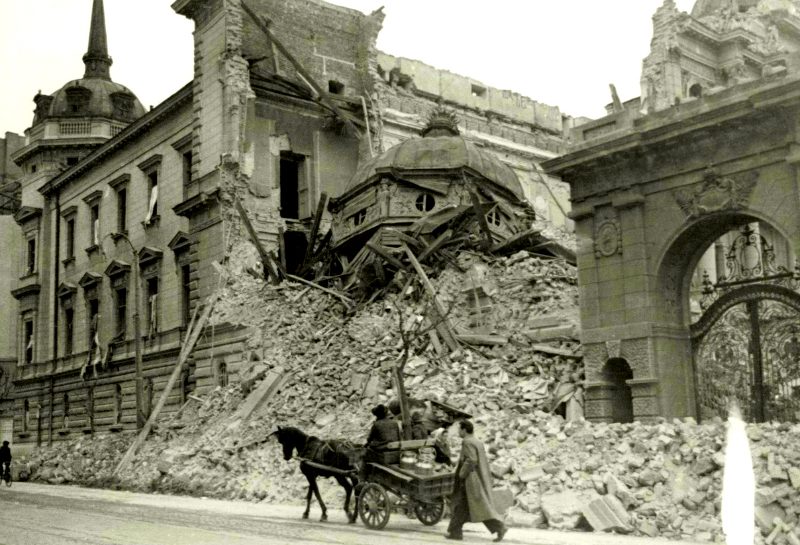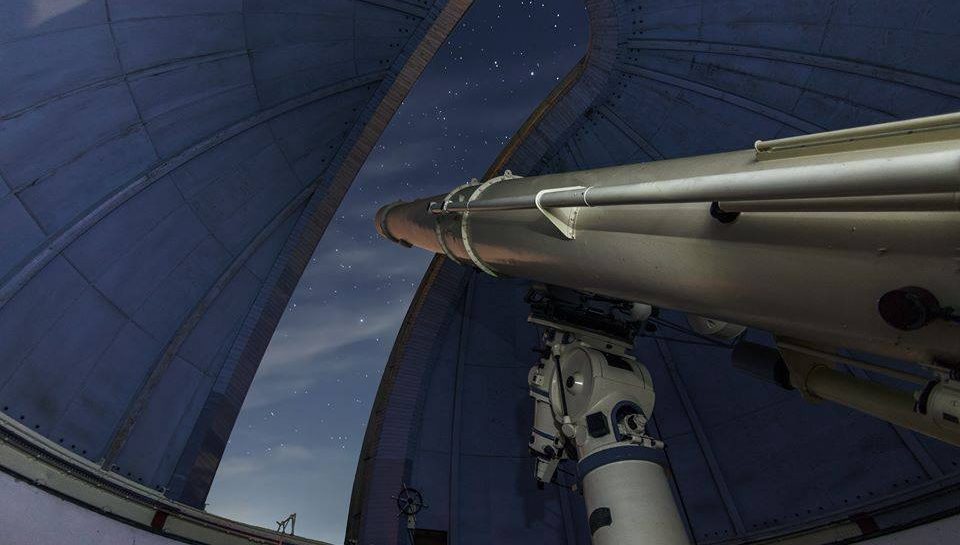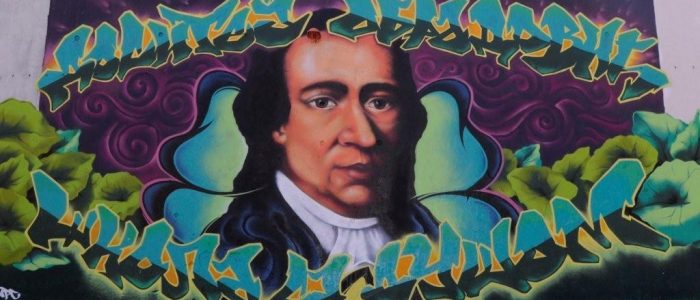“The longer I live, the more certain I am that the universe knew that we were coming.” This story begins at the dawn of time. The house we lived in had no walls and spread over eleven floors and a secret attic. Invisible spiral stairs led to the attic, which I could only sense, but…Continue Reading “Island Diaries Ep4: Link between your grandma’s tablecloth and the origins of humankind”
“Što duže živim, to sam sigurniji da je vasiona u određenom smislu znala da dolazimo.” Ova priča počinja u praskozorje vremena. Kuća u kojoj smo živeli bila je bez zidova i prostirala se na jedanaest spratova i tajno potkrovlje. Na potkrovlje su vodile nevidljive spiralne stepenice koje sam mogla samo da naslutim, a nikada da…Continue Reading “Ostrvski dnevnik Ep4: Za tebe uvek biću tu i tebi uvek daću sve”
*Ovaj tekst možete čitati i u letnjem broju Plezir magazina. Pakujem se u najveći kofer koji posedujem i letim sama daleko. Ovo se desilo beskonačno puta. Danas međutim, sve u meni i preda mnom je drugačije. Atlantik sam preletela sa 24 godine, a danas, sa 34, prelećem Indijski okean. Varnice uzbuđenja zamenjene su talasima tihog…Continue Reading “Singapur: Tajni jezik cveća i mašina”
If you are hearing mysterious voices, before claiming yourself crazy, remember Harry Potter. When he was being persuaded by an unknown entity to kill and destroy, he restrained himself from killing for long enough to find out that there was a snake living in the wall – slithering through pipes, basically talking to itself. So…Continue Reading “Island Diaries Ep3: The secret pleasure of losing tongue abilities”
Pangea I never know what day it is and I mistake present for the future. I saw many pregnant women today and felt connected to those bellies for the first time in my life. The idea of a little alien life inside of a woman’s body always seemed sacred, beautiful, terrifying and very distant for…Continue Reading “Island diaries Ep2: The Mother Of the Sea”
Vakaleidoskop ponovo radi! I have spent the last two years of my life impossibly possessed, obsessed and profoundly happy. Meaning, I published nothing. My body was/is too full of life, both its shadows and light, that I had to honor it and live through it. Više đuska manje spika. No chat, only earthquake. No talk…Continue Reading “Island Diaries Ep1: Welcome to the nest”
*2017 archives I can hardly move. Perhaps I am not moving at all. I am cold and weightless. There is nothing under my feet. I can’t tell if my eyes are closed or it is simply very dark. I touch them to figure what my eyelids are doing. That is when I recognize the dense…Continue Reading “Wandering Through the Black Hole With You”
“Do not cause excess noise near his habitat, that won’t get him to move.” Try to imagine yourself reading this warning. Where are you in that moment? Who is that stubborn lazybones? Let us help you – he lives between the oldest walls in Belgrade. He is also – according to legend – the oldest…Continue Reading “Belgrade City History Through The Eyes of an Alligator”
The year is 1932. On the edge of Belgrade, behind Vracar, there is a hill known as Veliki Vracar, the large, mysterious, forested area which at the time belonged to the so-called “Fifth region” (today’s third zone). On that day, however, a beautiful building appeared at the top of that hill, intended no more or…Continue Reading “The history of Belgrade’s skies”
On the 1st of September 1808 in Dorcol, the oldest neighborhood of Belgrade, a group of boys and their families had gathered to hear what the elegant gentleman with long hair and an even longer overcoat had to say. What he said will, centuries later, be spray-painted by some other boys on the walls of…Continue Reading “The Great School Against the Blindness of Mind”
